Essential Wardrobe Staples: Suits, Hats, and Watches
Home » Essential Wardrobe Staples: Suits, Hats, and Watches
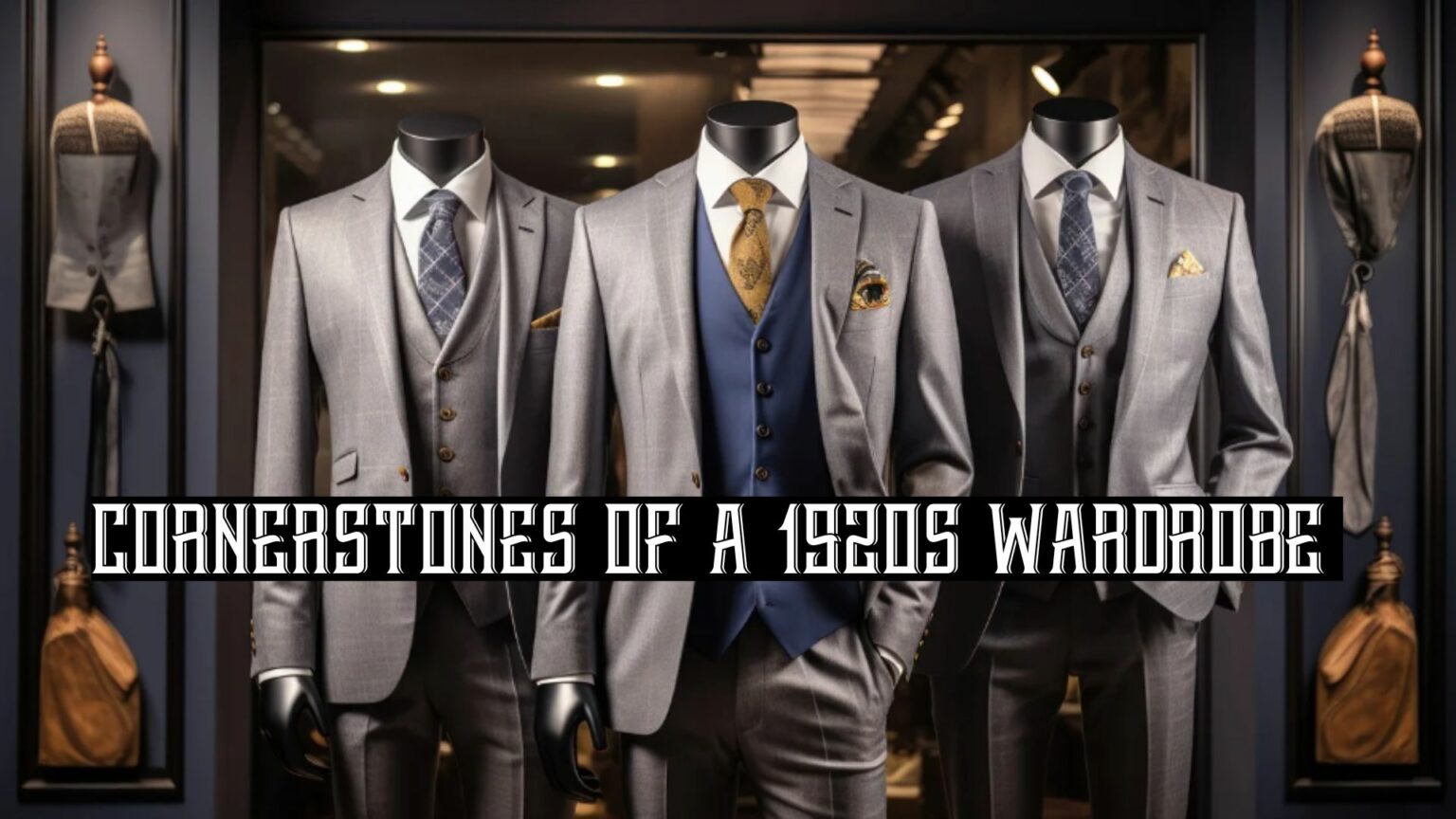
Ever wonder what made the 1920s so iconic in men’s fashion? To begin with, let’s explore the timeless pieces that defined an era of sophistication and swagger. Among these, essential wardrobe staples for menswear in the 1920s were nothing short of iconic. It was a time of sharp suits, dapper hats, and elegant watches—a golden era for men’s fashion. Moreover, these staples were more than just clothes and accessories; they symbolized status, sophistication, and the roaring optimism of the Jazz Age. So, let’s dive into how each piece shaped the era and why they remain timeless today.
The Cornerstone of Style: The Three-Piece Suit

The three-piece suit was a wardrobe essential in the 1920s. Comprising a jacket, vest, and trousers, it was versatile for both formal and casual occasions. In terms of materials, common fabrics included tweed and wool, offering durability and style. Additionally, dark colors like navy, brown, and gray dominated the scene, while pinstripes subtly added a touch of flair.
A trend that stood out? These essential wardrobe staples not only defined the 1920s but continue to influence modern menswear. The Oxford bags, those wide-legged trousers that became a hit among university students. Brooks Brothers, a major influencer of the time, popularized the “sack suit,” a relaxed but elegant style.
Fun fact: Did you know men’s suits often featured extra-high waistlines to emphasize long, lean silhouettes? The details mattered then—just like they do now!
Hats: The Crown of Elegance
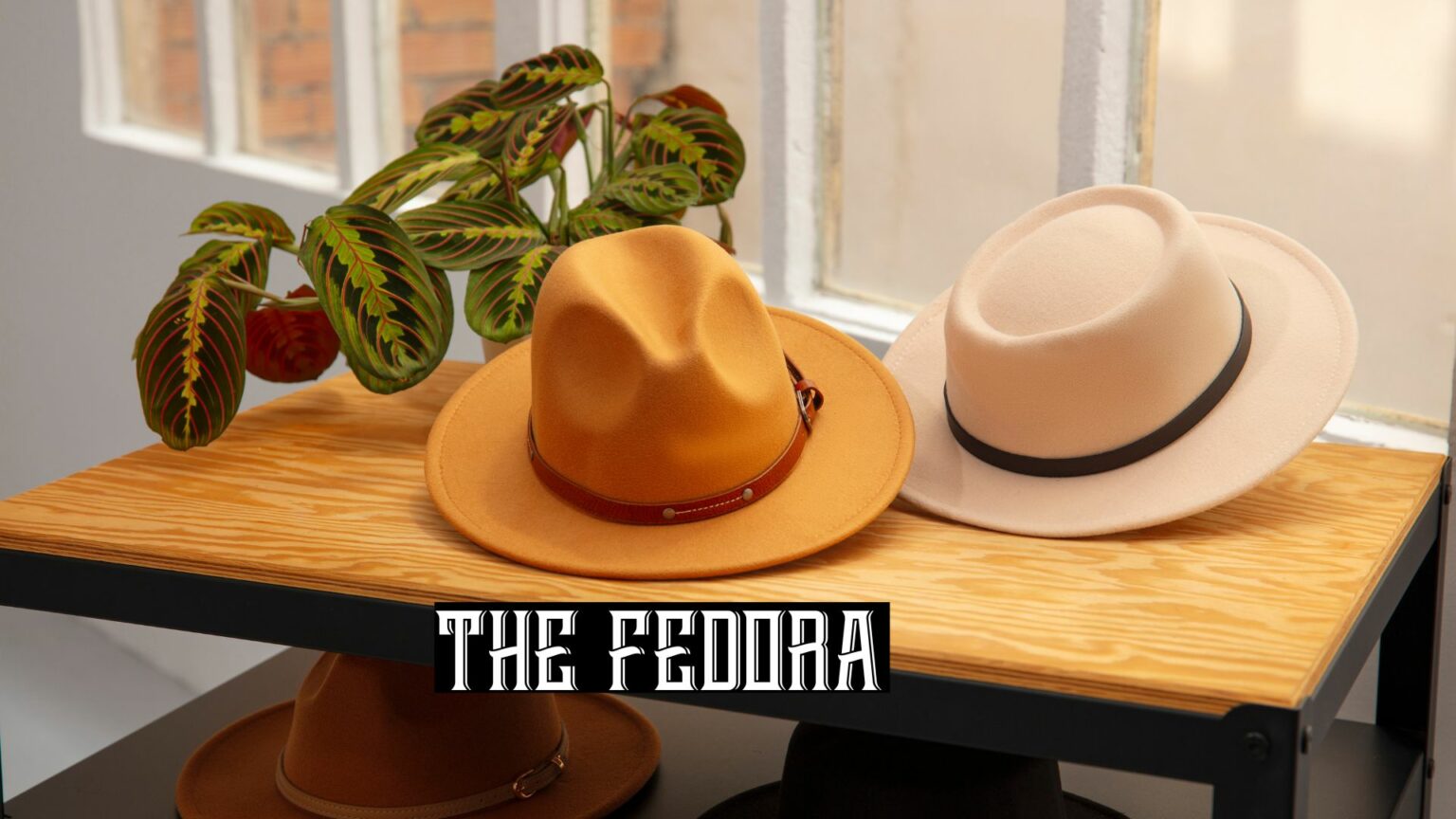
No man in the 1920s stepped out without a hat. It wasn’t just an accessory; it was a status symbol. The fedora was a favorite for its versatility, while the boater ruled summer outings. For formal affairs, the homburg reigned supreme, thanks to its sleek, structured design.
Hats weren’t just functional—they told a story. King Edward VIII made the homburg wildly popular, influencing men across continents. The Jazz Age further pushed boundaries, with bold, wide-brimmed hats becoming synonymous with nightlife swagger.
Which hat would you rock? Maybe the boater for a summer wedding?
Watches: Timeless Precision
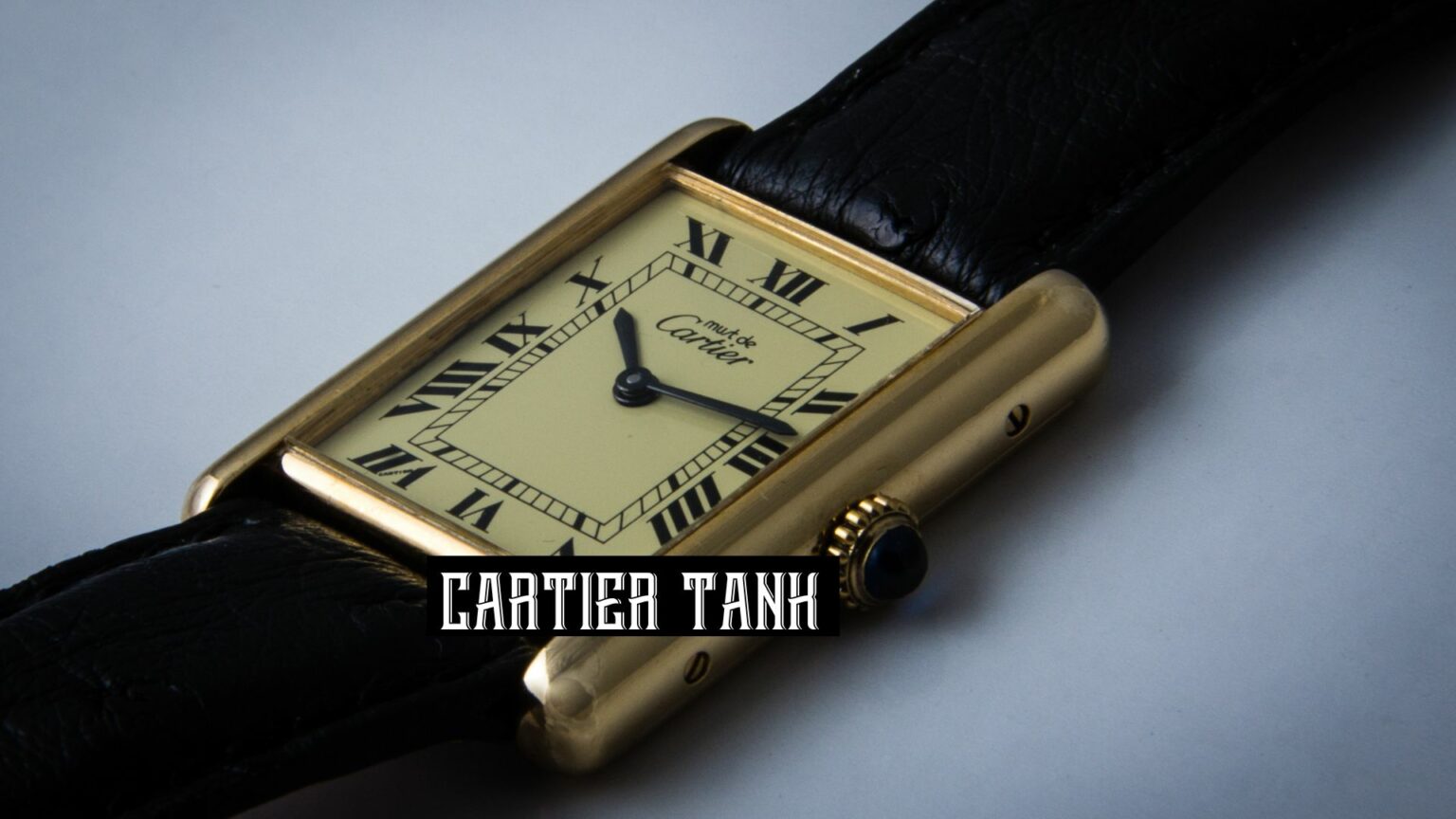
The 1920s marked a transition from pocket watches to wristwatches. Why? Convenience, my friend! Imagine trying to pull out a pocket watch while doing the Charleston. The Cartier Tank Watch, inspired by WWI military tanks, became a fashion icon.
Numbers don’t lie: by the late 1920s, wristwatch sales surpassed pocket watches for the first time. Leather straps and elegant designs dominated, cementing wristwatches as essential staples. For those still attached to pocket watches, they became statement pieces—think gold finishes and intricate designs.
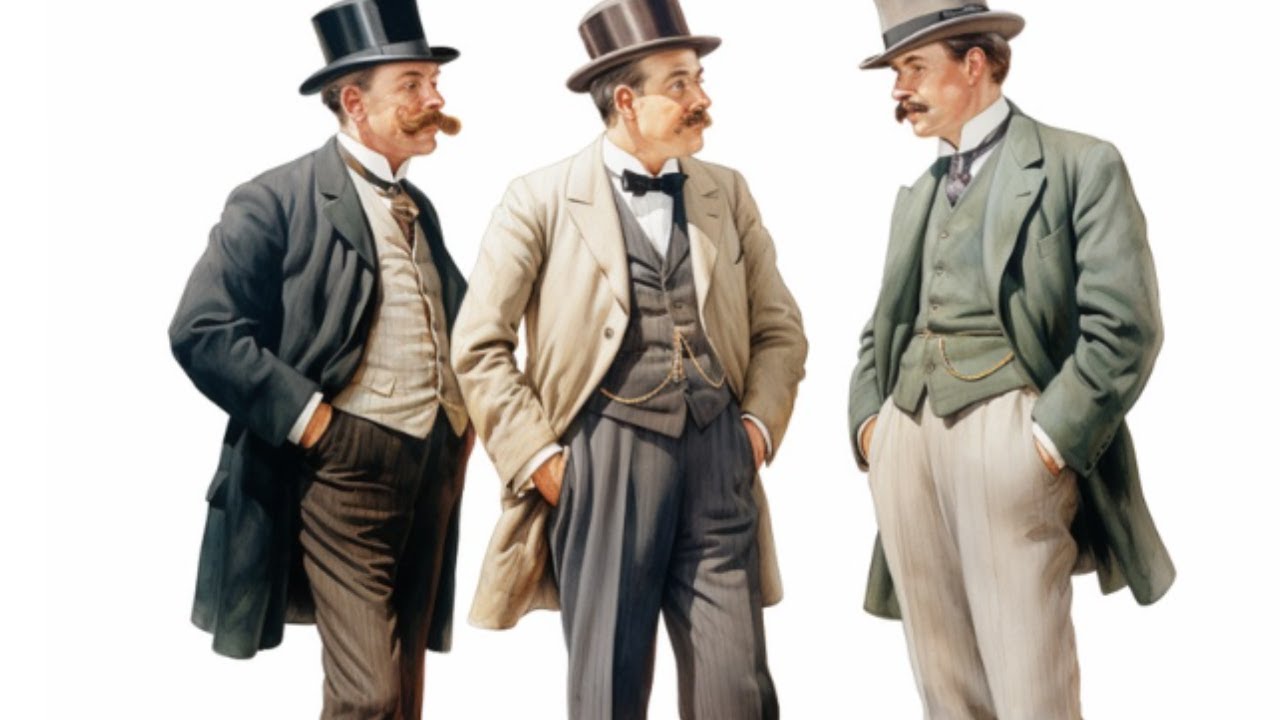
Dress Essential Wardrobe Staples for Special Occasions
Fashion wasn’t one-size-fits-all; it depended on the occasion.
- Formal Events: Tuxedos and tailcoats were a must for black-tie dinners or weddings.
- Workwear: Conservative suits kept the office environment polished.
- Leisurewear: Casual suits with lighter fabrics were ideal for weekends and vacations.
Jazz clubs became hotspots for evening fashion. Picture a dapper man in a double-breasted jacket, a silk tie, and polished wingtip shoes, hitting the dance floor to a live brass band.
Accessories: Completing the Look
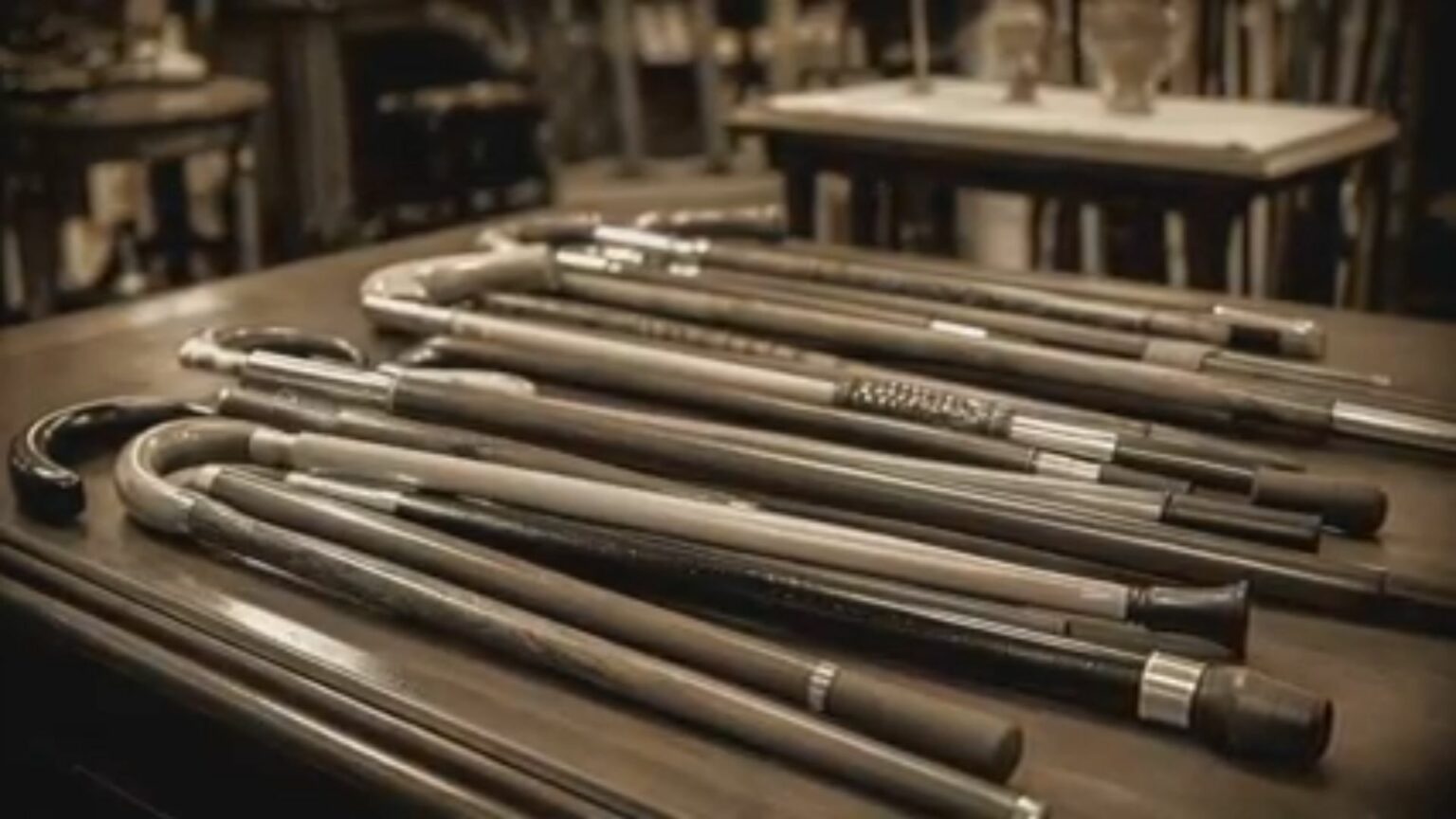
Wingtip shoes were the go-to for formal occasions, while two-tone oxfords added a playful edge to casual looks. Suspenders were more than practical—they added charm, as belts were still catching on.
Pocket watches, although less common, remained a symbol of sophistication. Meanwhile, tie pins ensured ties stayed neat, while walking sticks doubled as both functional and ornamental pieces. For example, imagine the flair of a cane with a silver handle—pure class!
- Shoes
- Suspenders
- Pocket Watches
- Tie Pins
- Walking Sticks
Essential Wardrobe Staples for Every Man's Wardrobe: Haircuts and Personal Grooming
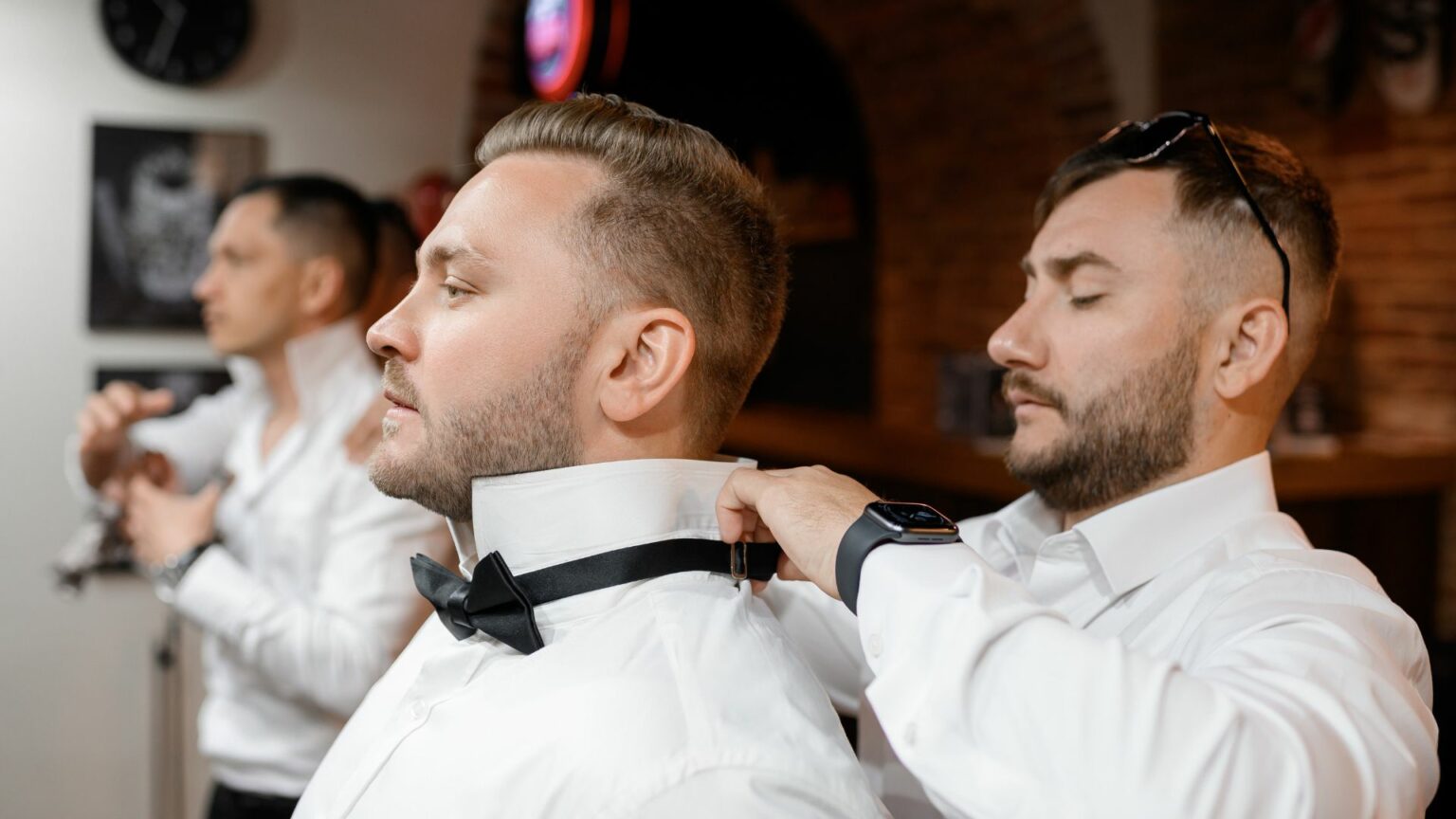
Looking good was serious business in the 1920s. Hollywood stars like Rudolph Valentino inspired men to embrace slicked-back hairstyles, achieved with generous amounts of pomade. Clean-shaven faces became the norm, reflecting a modern, polished aesthetic.
Men invested in grooming tools like straight razors and shaving creams. The bathroom shelf of the 1920s man was a mini beauty arsenal, ensuring he looked impeccable every day.
Regional Distinctions in Essential Wardrobe Staples
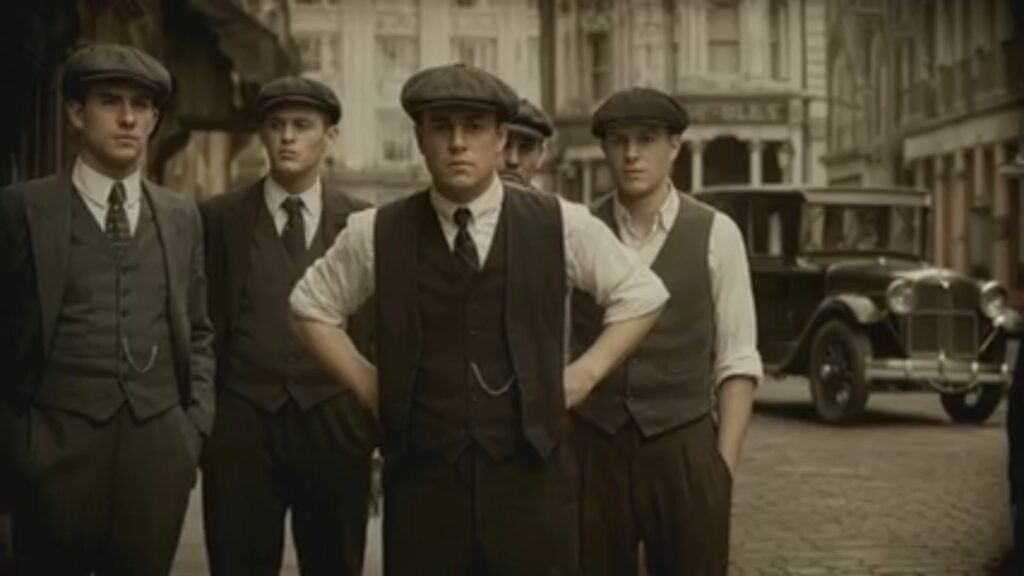
United States
In America, Jazz Age culture influenced bold patterns and relaxed fits. The “Ivy League” look emerged in the Northeast, with preppy styles leading the way.
Europe
In Britain, structured tailoring and heavier fabrics defined men’s fashion, thanks to the legacy of Savile Row. Meanwhile, Italy offered flamboyant patterns and lighter fabrics, perfect for its warmer climate. Savvy, right?
Final Thoughts: Classic Advice from the Roaring Twenties for Men's Essential Wardrobe Staples
Menswear in the 1920s wasn’t just about style; rather, it was a way of life. Suits, hats, and watches weren’t mere staples—instead, they were statements. Whether you’re dressing up for a formal event or channeling vintage vibes for everyday wear, these essentials hold the secrets to elegance.
Therefore, why not add a dash of the roaring twenties to your wardrobe? After all, style is eternal, and you deserve to look sharp. So, keep it classy, always!
Comments:
Which 1920s style staple is your favorite? Share your thoughts in the comments.
Now that you know what to look for in a man’s essential wardrobe staples, you may like the following extra material:

4 thoughts on “Essential Wardrobe Staples: Suits, Hats, and Watches”
The 1920s were truly a golden era for men’s fashion, blending elegance with a bold sense of individuality. The three-piece suit remains a timeless classic, and I love how its structured yet versatile design continues to influence modern menswear. Personally, I’ve always admired the sophistication of the fedora—it adds instant class to any outfit! The transition from pocket watches to wristwatches was also a game-changer, making style more practical. It’s fascinating how these trends from a century ago still hold relevance today. Which of these iconic staples do you think deserves a comeback?
Thanks for the comments, Herman. In my opinion, the three-piece suit, the fedora, the pocket watch, and the walking stick remain timeless. It’s what separates the dapper from the drab
Classic wardrobe staples like suits, hats, and watches never go out of style. They add a timeless elegance that can elevate any look, whether it’s for a formal occasion or a refined everyday style.
Personally, I’ve found that a well-fitted suit can completely change how one feels and presents themselves, it’s a confidence booster like no other. The same goes for a quality watch; it’s not just a functional piece but a statement of personal style.
What’s interesting is how different eras have influenced these staples. Do you think modern fashion is moving away from these traditional elements, or is there a resurgence in appreciation for classic menswear and accessories? I’d love to hear your thoughts on how these staples continue to hold their place in fashion today.
Hey Laura,
I couldn’t agree more—nothing says “I’ve got my life together” quite like a well-fitted suit, a sharp hat, and a classic watch. It’s like the holy trinity of timeless style!
As for modern fashion, it’s a bit of a mixed bag. On one hand, we’ve got sweatpants trying to take over the world, but on the other, there’s definitely a resurgence in appreciation for classic menswear. Shows like Peaky Blinders and Mad Men probably helped remind folks that dressing sharp is an art form, not just a relic of the past.
So, while some may opt for sneakers and joggers, I’d say the true style icons know that a good suit never goes out of fashion—it just waits patiently in the closet for its grand return.
Thanks for your great comment!